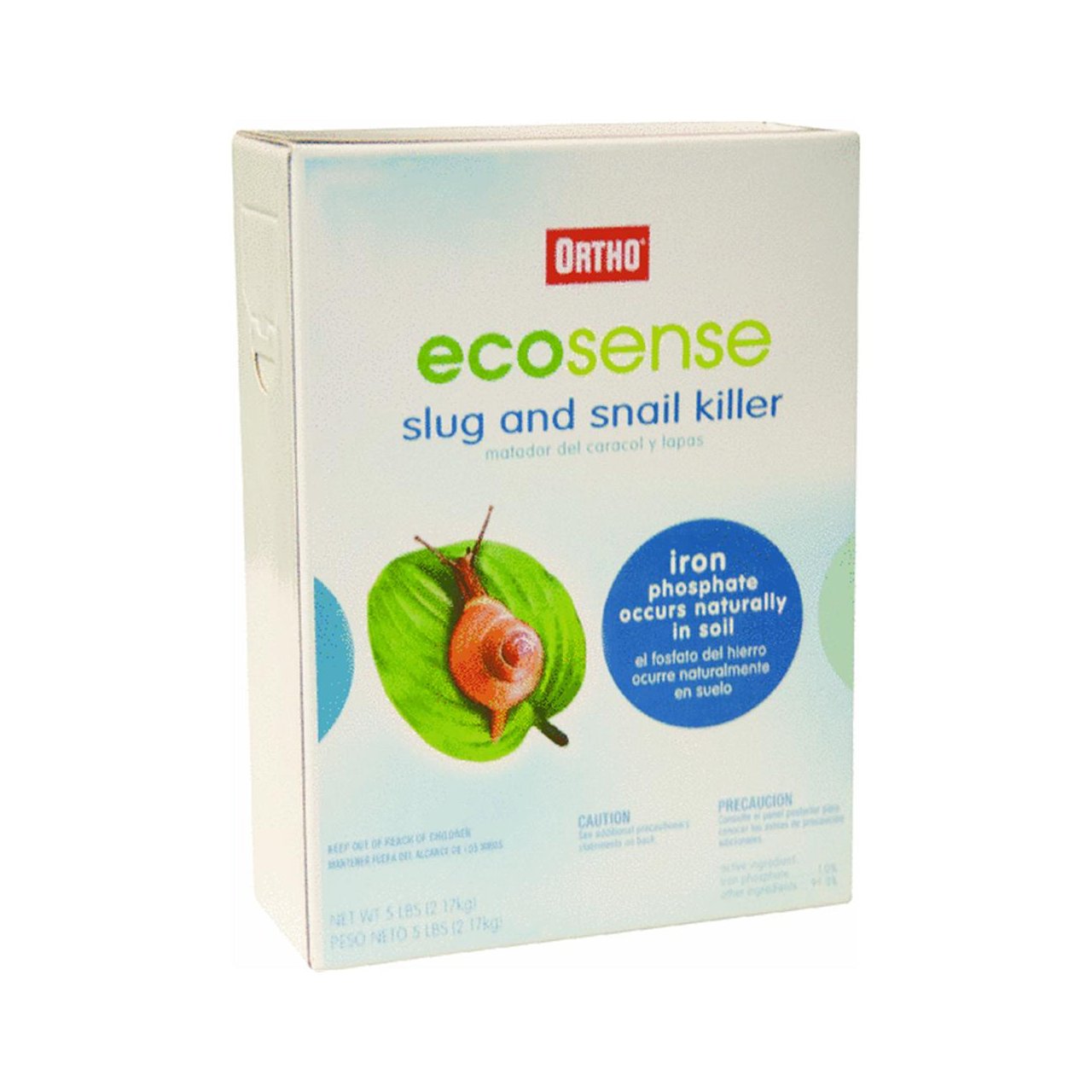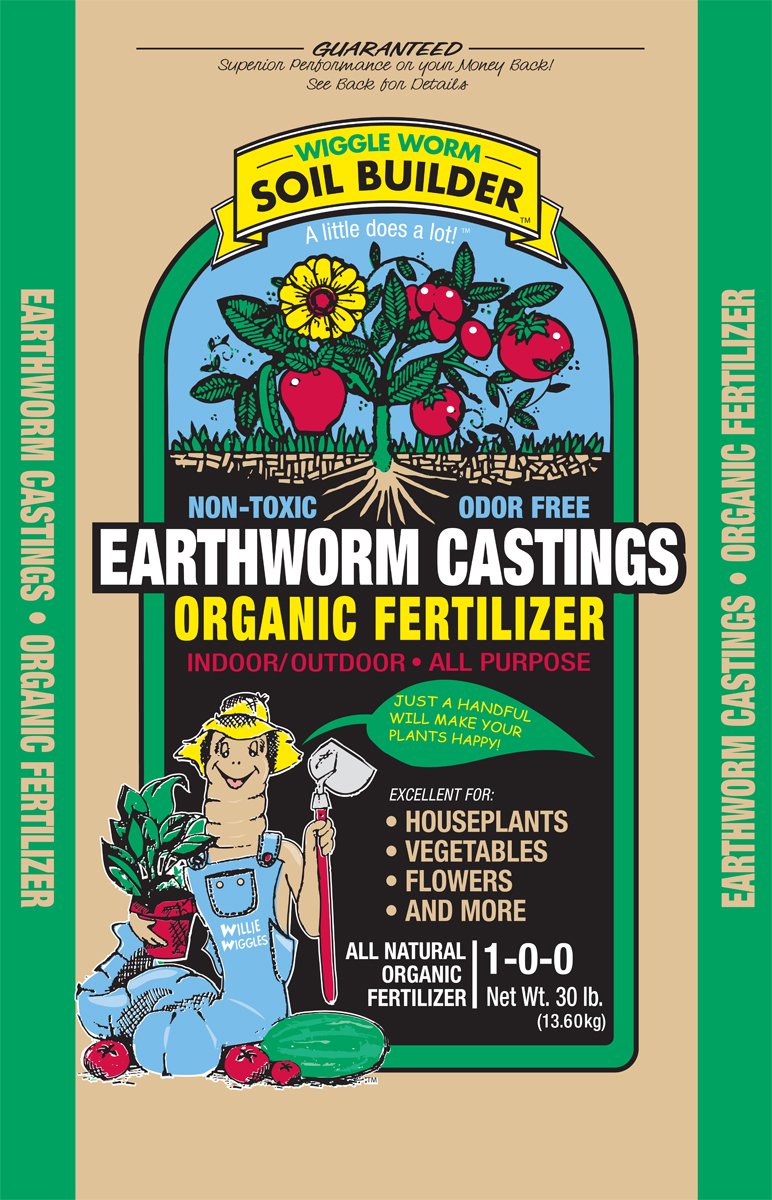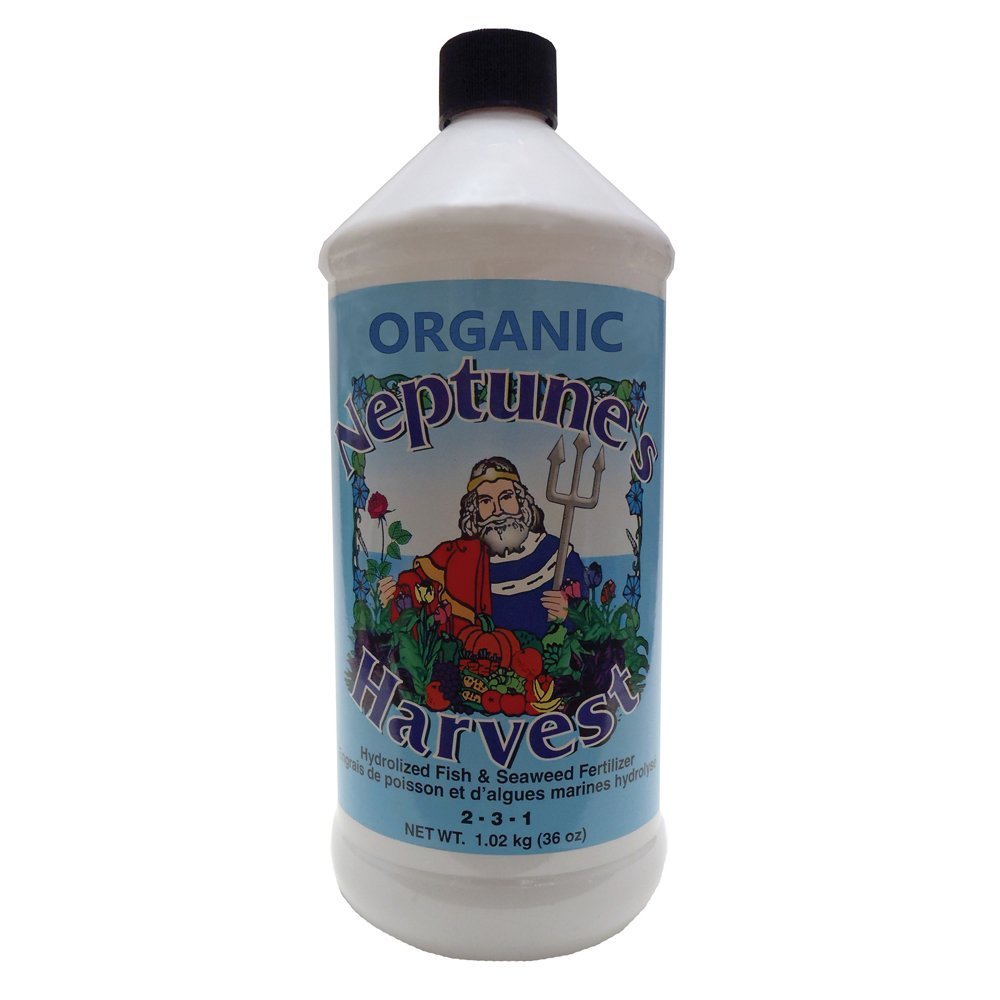Technically to sell plants, you have to be certified by the USDA. Unless you’re going to sell online or start a nursery, etc., you should not have any issues. That said, inspect your plants for pests, disease, fungus, etc. If in doubt, throw it out. Not only do they risk your reputation, you spread potentially large problems.
I have “plant sale” signs I put out, sometimes in conjunction with a yard sale. The earlier in spring, the better, so if you have a greenhouse, even a small one, make use of it. A lot of people spend their plant budget early. Summer is not bad, but most people do not buy in late summer or fall. If you are willing, let people know you always have plants out; I have even had people leave money in the door for plants when I was not home. I have a reputation and people like my plants - the variety, the price, how they look and grow. They also like my knowledge; take the time to know about what you have and share it, the good and the bad. It is worth not selling a plant to gain trust. Some people will just come for your knowledge, but they also bring friends who buy plants.
You can use butter tubs, yogurt containers, plastic cups, etc. for pots as long as you poke holes (hot nail works well) for drainage. Put up a sign asking for pots. I had one with the recycle logo saying something like, “Help keep plant prices down. Donate old pots. Reduce, reuse, recycle.” You would be surprised at how many people hoard nursery pots hoping to find someone to use them! I would get big garbage bags full, so many I ended up donating to the botanical garden I worked at. I have not had the sign in years, but still occasionally come home to a stack of pots someone dropped off. You also frequently see them in the trash. Blind slats make great plant labels and are also frequently found in the trash.
It is worth buying quality soil, usually something that says “professional” on it. You can get cheap stuff, but the plants will struggle in it. If it feels like a brick in the bag, it will be like a brick in the pot. Happy plants = better sales.
What plants? First off, anything that says “PP” or “PPAF” is a patented plant, so propagation is prohibited and selling is bootlegging. What sells in stores I frequently can not give away. Day lilies and mums are good examples. While some people like to try different plants, things that are not somewhat heard of sometimes do not sell well.
Sedums are pretty well known, easy to propagate, and fill in fast = good seller.
Hostas are well known and popular, also a good seller. Until I learned what sold or not, I put a variety of plants on the table as I divided or propagated them. Even people who did not buy anything stopped by to see what was new.
I have the easiest propagation methods I have found for various plants at
The Obsessed Gardener. Plants usually transplant better if you cut them back and a pot full of new growth is more appealing.
Having a nice display of plants in your yard makes people say, “I want that!” If you do not have any potted up but do have some to spare and know it will transplant well, pot up a start and sell it on the spot. If you are not sure how well it will transplant, get their number and tell them you will contact them when it is ready. Again, your reputation is everything and you do not want to sell plants that may not survive. Photos of plants not in bloom, either from a catalog or that you have taken, are also helpful.
Keep it cheap. Everyone likes a deal and you are competing with box stores. It is easier to sell nice looking plants, and the longer they sit, the worse they look. It is better to sell a lot cheap early on than have a lot to tend through the season, overwinter and risk losing. $2-$3 based upon size is where I am at for most plants. Much more and you are competing with box stores. Most people see the size and price of the pot, not the value of the plant. Once in awhile you get a serious gardener who knows it is a deal to get a particular plant for that price. You will not necessarily make a lot, but it is nice to get paid for doing something you love and money to buy more plants.
Take advantage of the time during your plant sale to relax or work in your own garden. I always greet people and tell them if they have any questions, feel free to ask, but do not smother them. I hate sales people hovering around or talking as I browse, but do like knowing they are nearby if I need something, so extend that courtesy.










